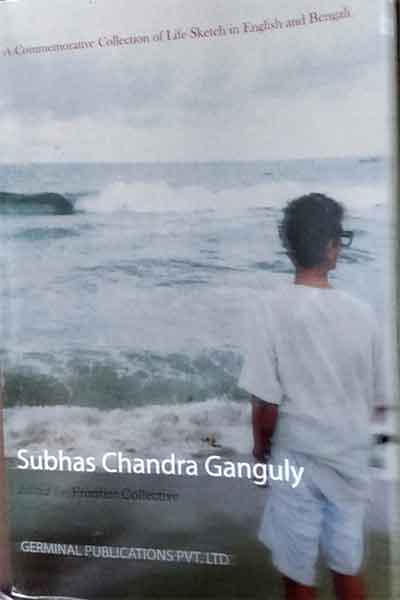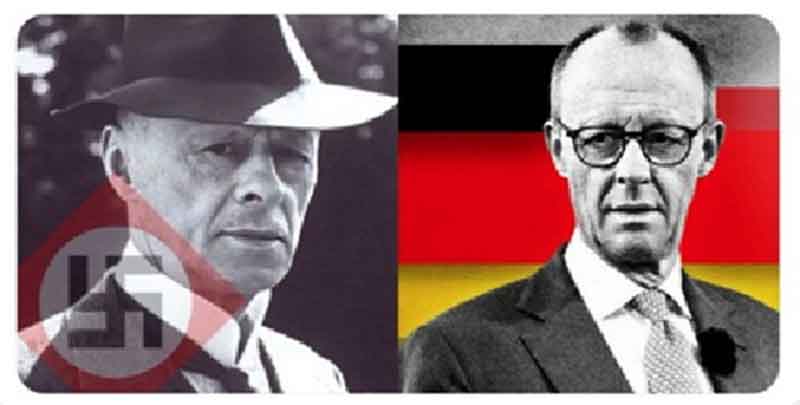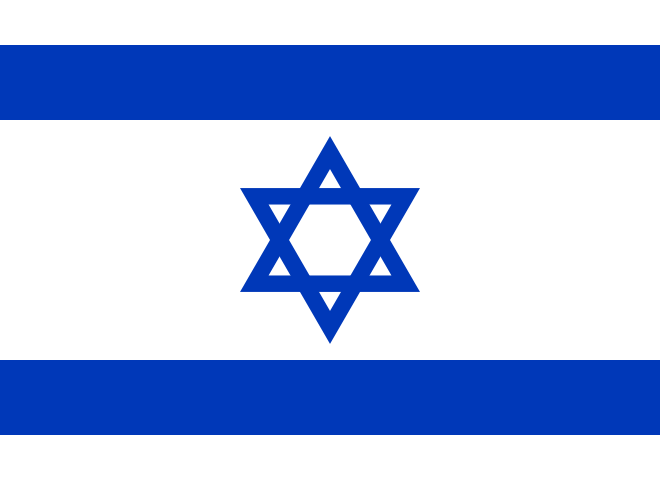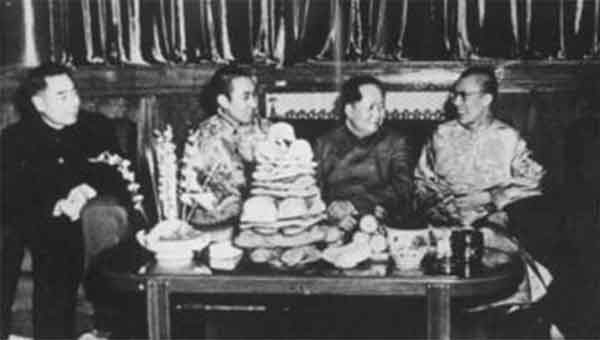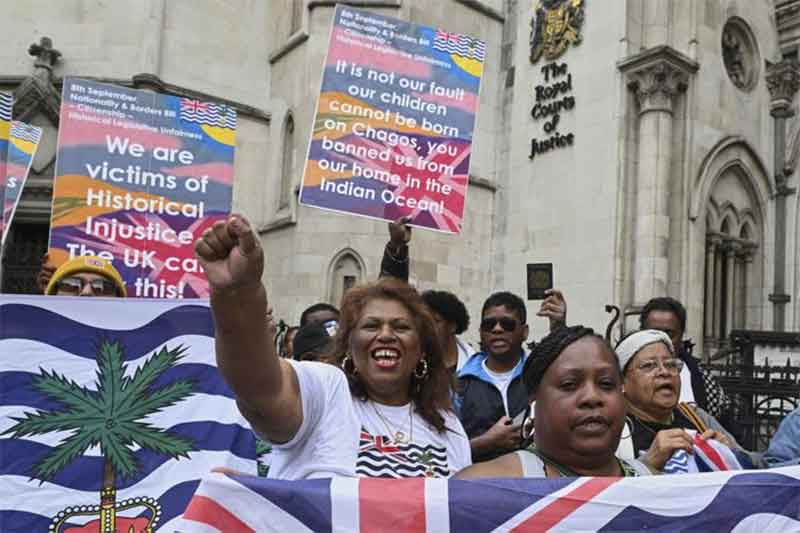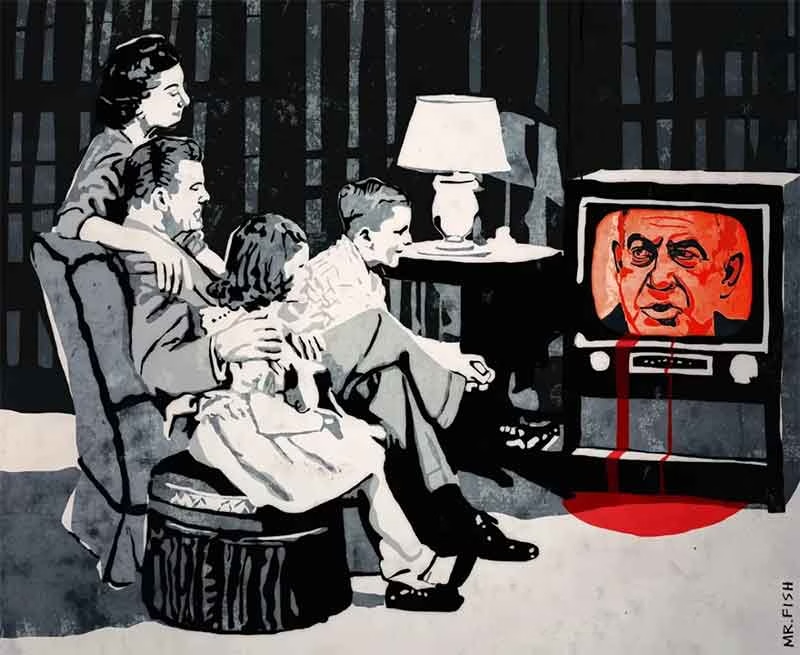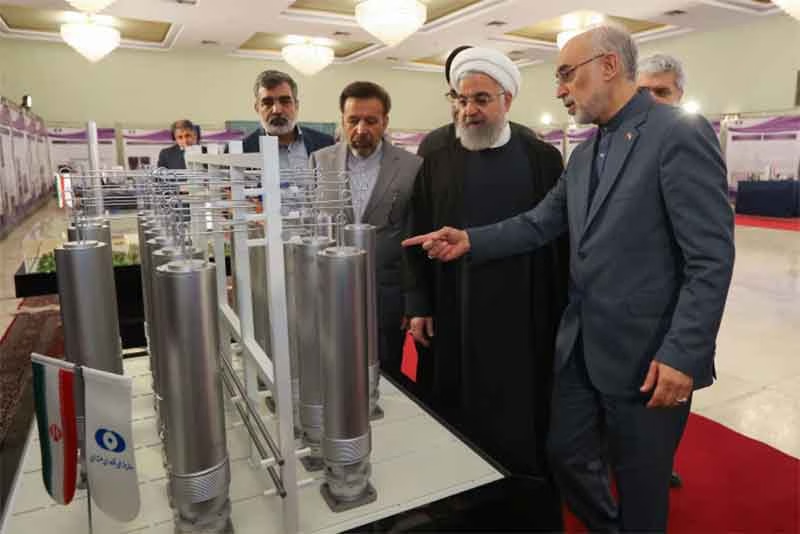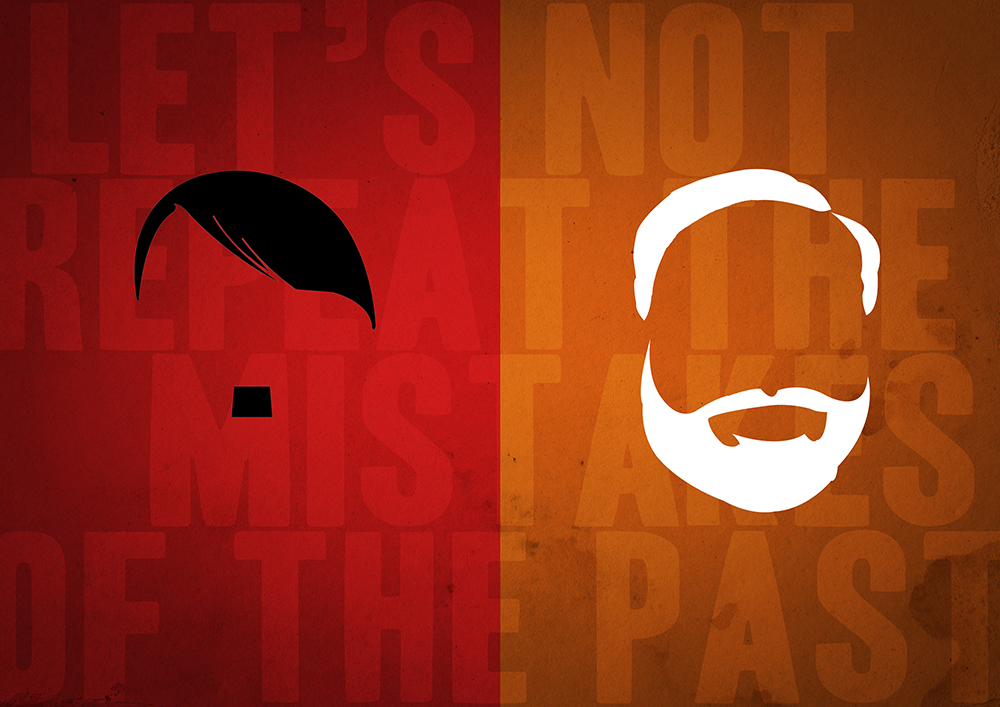Coverage of the Commander Nanavati Jury Acquittal Case (Courtesy, Blitz)

The acquittal of Commander Nanavati for murder by the jury played a pivotal role in the abolition of the jury system in India. Perhaps, a psychoanalytical lens may throw some light on the role of the unconscious and irrational in the decision to acquit by the jury, despite clear evidence of guilt. Commander K.M. Nanavati, an alumnus of the Royal Navy College in Dartmouth, was second in command of the Indian Navy’s flagship INS Mysore. Commander Kawas Manekshaw Nanavati, a handsome, well-built and well-liked officer was put on trial for the murder of his wife’s lover. On the day of the incident, 27April, 1959, Nanavati’s wife Sylvia confessed to him of intimacy with one Prem Ahuja. Nanavati went to his ship, took from its stores a revolver and cartridges on a false pretext, loaded the same, went to Ahuja’s flat, entered his bed room and allegedly shot him. Apparently, Ahuja had just finished his bath and was found dead, clad in a towel.
Evidence, oral and documentary, was adduced in the case including three letters written by Sylvia to Ahuja. Evidence was also given of an extra-judicial confession made by Nanavati to a witness that he had a quarrel with Ahuja as the latter had ‘connections’ with his wife and refused to marry her, and therefore he killed him.
The tabloid Blitz championed the cause of Nanavati, inflaming popular passions in favour of the defense of this “honour” killing. Nanavati came from a respectable Parsi family as did Blitz’s founding editor, R. K. Karanjia. In contrast, the victim Ahuja was a Sindhi, an outsider to the Bombay elite. The case seems to have been at the cusp of mass media and populist politics. The media portrayed Nanavati as symbolizing middle class moral values and a strong sense of honour, an aggrieved husband betrayed by his close friend Ahuja, a philanderer representing the corrupt immorality of the bourgeois. A playboy who seduced the wife of a war decorated officer who sailed the seas in defense of the nation. Popular opinion was in favor of the Commander, Nanavati revolvers and Ahuja towels sold like hot cakes on the streets.
The jury, ignoring apparently overwhelming evidence of guilt, returned a verdict of ‘not guilty ‘by a majority of 8: 1and acquitted Nanavati of the murder of his wife’s lover. The primacy of “affect” rather than the rational, processes of “othering” of Ahuja as an “outsider”, the splitting of the good and the bad with Ahuja as the repository of the immoral, the depraved and the debauched and Nanavati as the virtuous, the honorable and the moral, seems to have played a role in the verdict. News reports portray a picture of public frenzy outside the courtroom with “wild scenes of cheering and clapping at the acquittal”.
Reginald Pierce, the sole dissenting juror
(https://www.mansworldindia.com/wp-content/uploads/2014/10/DSC_9731-278×185.jpg . Retrieved 7 September, 2023)
Reginald Pierce, the only person on the nine-member jury who thought Nanavati was guilty, later spoke about the pressure of the trial: “If the crowds outside had known who the lone dissenter was, they would have lynched me. But I saw the evidence and it was apparent that he killed him.”
The courts held that the jury verdict was perverse and held the Commander guilty for murder and sentenced him to life imprisonment. The case played a pivotal role in firming up the view that juries are prone to get swayed by emotions and seems to have sounded the death-knell of the jury system in India.
After the conviction, the tabloid Blitz continued to champion the case and Commander Nanavati was pardoned after three years in prison by Vijay Lakshmi Pandit, the Governor of Maharashtra and the sister of the then Prime Minister, Jawahar Lal Nehru.
In popular perception the Nanavati case was the last jury trial in India. In fact, however, the last jury trial was in West Bengal. Prokash and Rabi who were supporters of the left Communist Party of India (Marxist) were tried for the murder of Dipak, an active member of the “establishment” Indian National Congress party.
As per the prosecution, on 26 of February 1967, Dipak came out of a hair salon and was suddenly surrounded and assaulted in front of the club by five people. Prokash stabbed Dipak on his abdomen with a dagger and Rabi stabbed him on the back of his chest. On hearing a row, Samir and Arun pushed the swing door of the saloon and saw the incident from a distance of about 8 to 10 feet. Prokash and Rabi along with others immediately ran away. Samir and Arun took Dipak in a taxi to the hospital where he died.
The Investigating Officer recorded the evidence of five eye-witnesses. The accused were subsequently arrested about seven months later and akin to the verdict in the Nanavati trial, acquitted by the jury in January 1973.
The prevailing social and political climate at the time of the trial, with the dramatic rise of the left in West Bengal with the promise of revolutionary egalitarian change may have had an impact on the proceedings. The victim was from the status quo Congress party representing the bourgeoisie and the accused from the radical left representing the working masses. The jury returned a divided verdict of 8:1 “not guilty” for the murder and the accused were acquitted and released from detention. It is likely that the intra-psychic processes of splitting and projection with the victim as the repository of the bad, the exploitative and the corrupt and the accused representing the toiling, the egalitarian and the working masses, played a role in the verdict.
Subscribe to Our Newsletter
Get the latest CounterCurrents updates delivered straight to your inbox.
There is a stream of thought which believes that Indians are not suited for psychoanalytic therapy as they externalize causes of mental illnesses attributing it to possession by demons and ghosts, which need exorcising through various rituals. Kakar (1982) writing of the Balaji Temple in the state of Rajasthan in India, where scores of people converge seeking relief from mental suffering observes, “It is the promise of cure from mental illnesses caused my malignant spirits, illness that has proved intractable to modern doctors and traditional shamanic healers, which gives the temple its distinctive reputation.” (P.56). Likewise, there is a view that the hot climes of the region made for volatile temperaments and rendered Indians unsuitable to be jurors, as they get carried away by emotions. M.C. Setalvad, the first Attorney General of India took the view that the jury system was suited to the English but not to the Indian temperament. According to Setalvad “It is not surprising, therefore, that this growth peculiar to the common law and the English temperament has failed to acclimatize and grow in India.” This view possibly played a role with regard to the abolition of juries in India and the Code of Criminal Procedure, 1973 abolished jury trials in India.
Rakesh Shukla brings a psychoanalytic lens to law focusing on the unconscious at play.






















